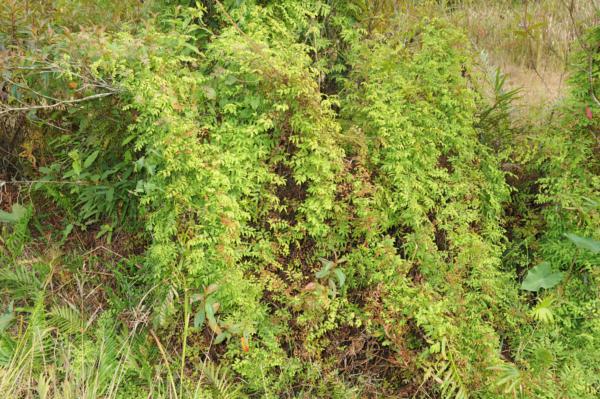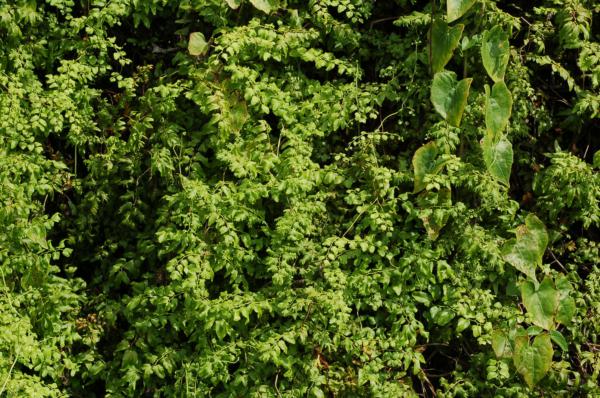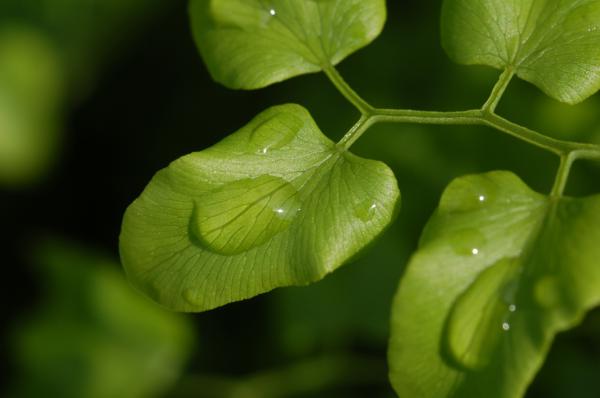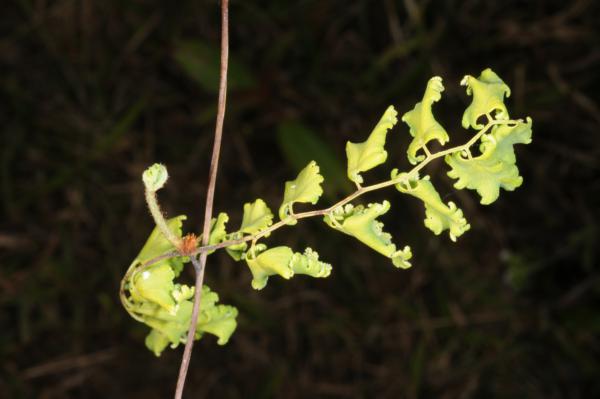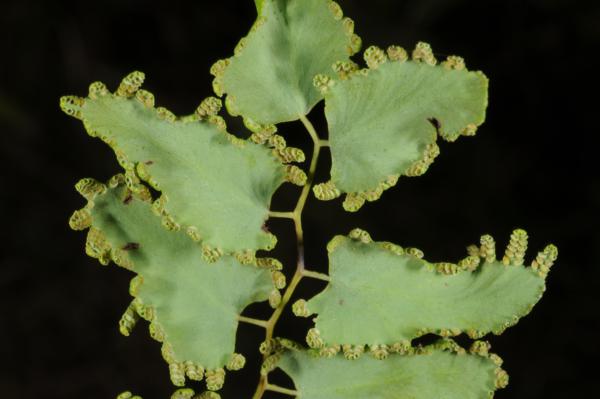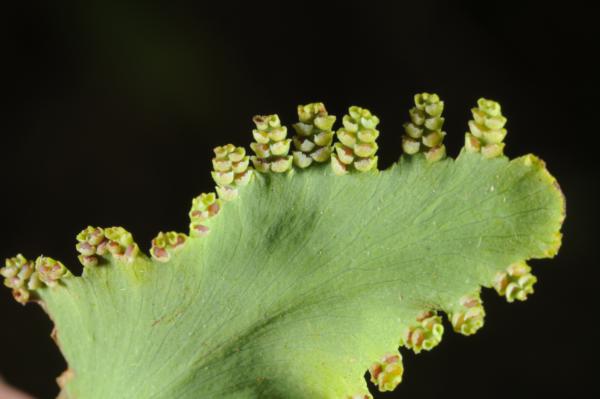
Lygodium microphyllum (Cav.) R.Br.
Family
Lygodiaceae
Nomenclature
Lygodium microphyllum (Cav.) R.Br., Prodr. Fl. Nov. Holland.: l62. 1810; Bedd., Handb. Ferns Brit. India: 455, f. 282. 1883; Christ, Bot. Tidsskr. 24: 112. 1901; Holttum, Fl. Males., Ser. II, Pterid. 1: 47. f. 5e & f, 6 & 7. 1959; Holttum, Dansk Bot. Ark. 20: 16; 1961; Holttum, Rev. Fl. Malaya, ed. 2, 2: 630. 1968; Tagawa & K.Iwats., SouthE. Asian Stud. 5: 34. 1967; Tagawa & K.Iwats., Acta Phytotax. Geobot. 23: 51. 1968; Tagawa & K.Iwats., Fl. Thailand 3: 60. 1979; Boonkerd & Pollawatn, Pterid. Thailand: 34, 83. 2000. – Ugenia microphylla Cav., Icon. 6: 76, t. 595. 1801.
Lygodium scandens Sw., Schrad. J. Bot. 1800(2): 106. 1801; C.Chr., Bot. Tidsskr. 32: 349. 1916; C.Chr., Contr. U.S. Natl. Herb. 26: 329. 1931; Tardieu & C.Chr., Fl. Indo-Chine 7(2): 41. 1939; Holttum, Rev. Fl. Malaya ed. 1, 2: 58, f. 12. 1955 [‘1954’]; Seidenf., Nat. Hist. Bull. Siam Soc. 19: 85. 1958; Ching, Fl. Reipubl. Popularis Sin. 2: 109. 1959.
Description
Rhizome widely creeping, irregularly branching, 2–3 mm in diameter, densely covered with blackish brown hairs. Fronds climbing, sometimes to several metres; stipes about 10 cm long, dark stramineous, glabrescent, very narrowly winged in the upper part; rachis like the upper part of stipes, stramineous, glabrescent, narrowly winged throughout; pinnae numerous, 5–10 cm apart; primary rachis-branches 2–5 mm or so long, the apex densely covered with brown hairs, dormant but occasionally protruding to some extent; secondary rachis-branches 5–8 cm long, glabrescent, narrowly winged; leaflets several in pairs on secondary rachis-branches, with distinct stalk 2–3 mm, deltoid to oblong-subdeltoid, gradually narrowing towards moderately acute apex, subtruncate or broadly cuneate at more or less auricled base, entire at margin, glabrescent, 1.5–3 cm long, about 1 cm broad. Sporangia-bearing lobes narrow, protruding at margin of segments, 3–7 mm long, about 1 mm broad; indusia serrate at margin, glabrous .
Distribution in Thailand
NORTHERN: Chiang Mai, Lampang; NORTH-EASTERN: Loei; SOUTH-WESTERN: Kanchanaburi, Prachuap Khiri Khan; CENTRAL: Nakhon Nayok; SOUTH-EASTERN: Chanthaburi, Trat; PENINSULAR: Surat Thani, Trang, Songkhla, Yala, Narathiwat.
Distribution in Laos
Vientiane.
Distribution in Cambodia
Kampot, Koh Kong, Pursat.
Wider Distribution
Tropics of the Old World, from Africa to Melanesia and Australia, north to the Ryukyus and south to New South Wales.
Ecology
Climbing on bushes or on branches of tall trees, usually on dry slopes in open areas at low or medium altitudes.
IUCN Conservation Assessment
Least Concern (LC) as listed on the IUCN Red List at http://www.iucnredlist.org/apps/redlist/details/194153/0.
Notes
The young plants look very like Lygodium japonicum , bearing oblong -sub-deltoid pinnules to more than 5 cm in length. Contrary to the Flora of Thailand and Flora Malesiana much of the Thai material has primary branches of less than 4 mm long.
Voucher specimens - Thailand
Middleton et al. 4783, Kanchanaburi, Thong Pha Phum National Park (E); Middleton et al. 4430, Trang, Thung Khai (E).
Voucher specimens - Laos
Tixier 08, Vientiane, That Louang (P).
Voucher specimens - Cambodia
Schnell 10074, Kampot, Elephant Mts (P); Long et al. CL536, Koh Kong (P); Martin 1005bis, Koh Kong (P); Martin 1321, Pursat, Dak Bat (P).
Habit
Habit
Upper surface of a sterile pinna
Rachis, short primary rachis branch (few mm long) and longer secondary rachis branches
Pinnules
Sori
Site hosted by the Royal Botanic Garden Edinburgh. Content managed by Stuart Lindsay, Gardens by the Bay, Singapore and David Middleton, Singapore Botanic Gardens. Last updated 24 January 2012
